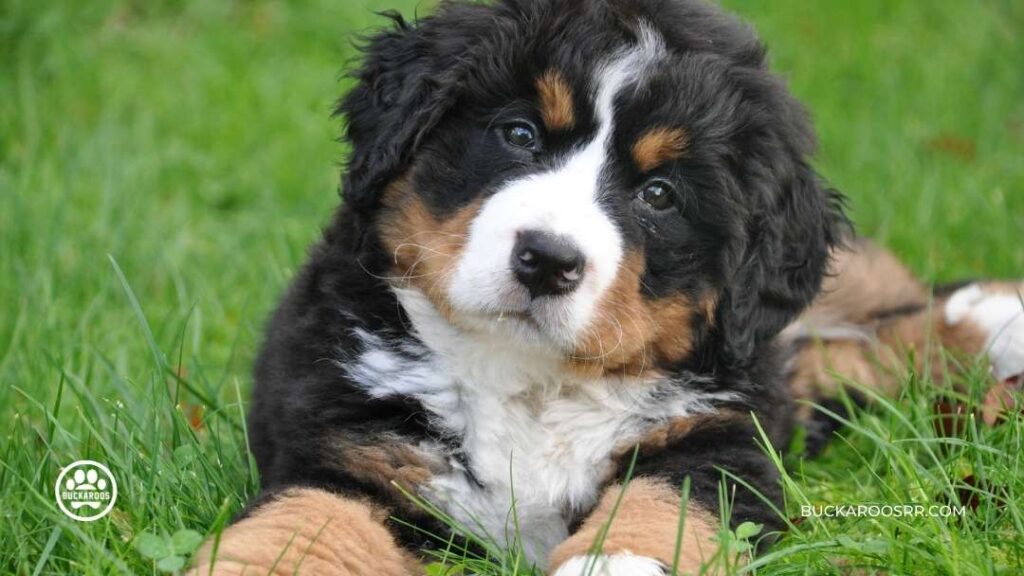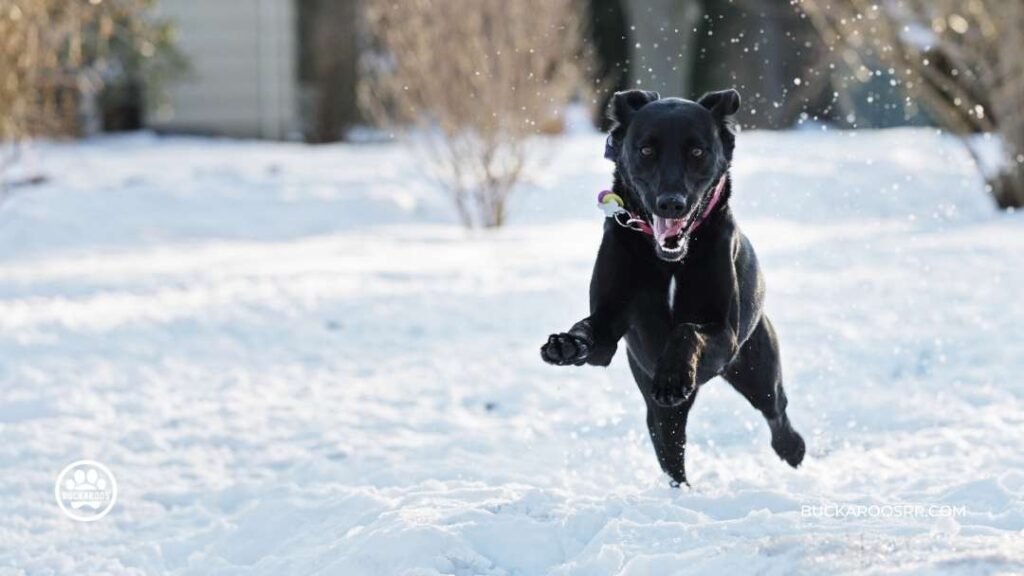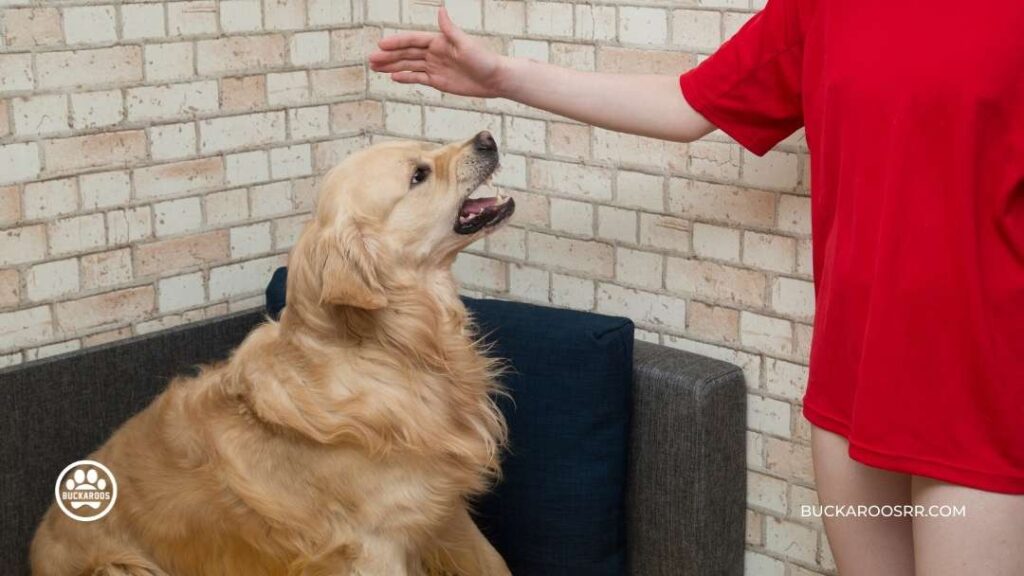To all pet lovers out there, have you ever observed What Is Your Dog Communicating with you? Dogs have a rich vocabulary, which usually gets misinterpreted by their owners. The inability to understand what your dog is trying to say may be costing you the best relationship in your life.
Dogs are great thinkers, too; once you know how they think, communicating with them is easy. The following blog discusses how dogs communicate with humans daily and in certain situations.
What Is Your Dog Communicating?
The main difference between human and dog communication is that humans mainly use verbal communication, while dogs mainly communicate non-verbally through body gestures. Dogs use sounds and scents and also vocalize but significantly lesser than their human mate.
Your dog’s body language includes its tail, ears, eyes, and overall body movement, as well as facial expressions. All of these aspects can give you insight into how your dog is feeling at any given moment. By understanding a dog’s body language, we can better decipher what they are trying to communicate.

How Do You Tell What Is Your Dog Communicating With You?
When trying to decipher what a dog is trying to communicate, it is important to take note of the dog’s entire body and the situation they are in. Only then will you be able to better understand what the dog is trying to say. By only observing part of the dog or failing to take into account the context of the situation, you may misinterpret their signals.
Canine communication signals can be divided into five major groups. These are various gestures displayed by different parts of the body. Putting all the signs together relates to your dog’s specific impression or feeling. So you need to be extremely observant and check out how your pet is reacting and signaling through its body to precisely decide what they are feeling at the moment.

Fearful – Terrified Behavior What Is Your Dog Communicating
If a dog perceives something frightening, it will most likely react with its entire body. This may include:
- Licking their lips – while not being hungry
- Yawning – while not being sleepy
- Or keeping their mouth tightly shut
They may also:
- Crouching their body lower
- Tucking their tails
- Ears moved back
- Shake or tremble.
- They may also try to avoid eye contact with whom they feel fearful
- Lean away from it.
Sometimes there may be no active signals at all. You will need to see that your dog is not eating; it is running away from people when they approach his kennel or freezing when someone reaches out to him. All these gestures are signs of fear and, in a way, signals for you to interpret.
Note: A fearful dog may become aggressive if the fear-inducing subject continues or becomes more threatening.

Anxious – Stressful Behavior What Is Your Dog Communicating
Anxious dogs may exhibit similar body language to fearful dogs, including:
- Excessive panting
- Pacing
- Lack of focus.
They may also show signs of arousal/excitement, such as:
- Barking
- Pacing
- Circling
- Bounding off kennel walls.
These behaviors are often a result of stress and anxiety. Anxious dogs may bark or jump at other dogs that pass by their crate or kennel. If a dog jumps as a person approaches, it is displaying arousal/excitement communication signals, especially if they do it in front of its abode.
On the contrary, if a dog is bouncing off the side walls of the kennel, even if no one is approaching, it is displaying anxious communication signals.

Arousal – Exciting Behavior What Is Your Dog Communicating
Arousal and excitement in dogs can be due to many different factors. It can be age defined or due to restrictions and confinement. Sometimes even a lack of physical and mental outlets can be a trigger, and lastly, the personality.
Arousal behaviors often respond to something the dog likes – such as a person, another dog, or a toy. However, it’s important to note that arousal behaviors can also be in response to an unpleasant trigger.
In these cases, you may see your dog’s arousal signals allied with fear signals, such as shivering or a tucked tail. Arousal or excitement signals may also be coupled with aggressive behavior signals. There may be some barking or an attempt to reach out or some stressful behavior such as pacing or spinning.
Dogs that are aroused or excited may display certain behaviors, such as:
- Jumping
- Mounting
- Mouthing – Mouthing can be soft or hard and may also include biting at leashes or clothing.
- Fur is standing on the end
- Ears are perked up
- The body is upright and rigid
- The tail is often held up high and wagging stiffly
- The eyes are wide open and focused
- The dog may also be barking or lunging.

Aggression – Possessive Behavior
A feeling of being threatened often sets off aggression. A dog may show aggression to defend themselves, their territory, or their belongings from what they see as a threat. They use these aggressive signals to show that they will not back out and will fight if necessary.
In many cases, a dog will give warning signals before they escalate to aggression or biting. Paying attention to these warning signs and interpreting them, is the best way to prevent the situation from worsening. Some examples of aggressive body language are:
- Stiffening of the body
- Eyes that are wider and show more white
- A tense and curled lips
- Barking unusually
- Wrinkled nose
- Teeth are visible
- Growling
- Air snapping.

Relaxed – Calm Behavior
Dogs in a relaxed position are so adorable, and it seems like they don’t have a care in the world. A calm dog has:
- Their mouths are slightly open
- Their tongue hanging out
- Their head and ears are in a neutral position.
- Their eyes are softer.
- Their tail is usually wagging back and forth in a swishing motion or even in a circular motion.
- Their body is loose
- They’re often lying down
To Sum It Up
Your dog is constantly communicating with you all the time. Every part of their body corresponds to an emotion or a feeling. It’s your responsibility as a pet owner to learn the meanings behind their body language so you can be sure they are comfortable and happy. If you want to know what your dog is communicating with you, learn how dogs communicate. This blog will give you tips to better understand your dog and the subtle cues they give you every day.





